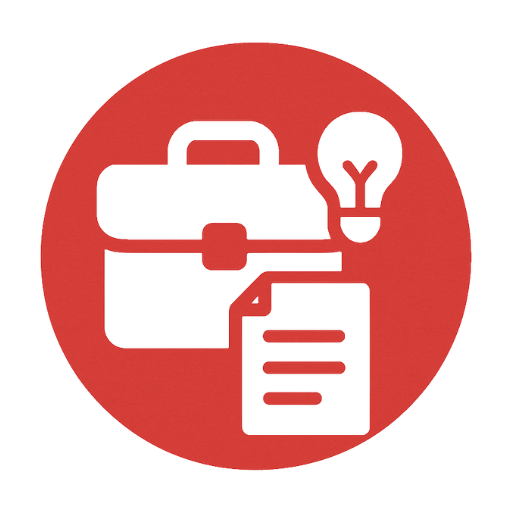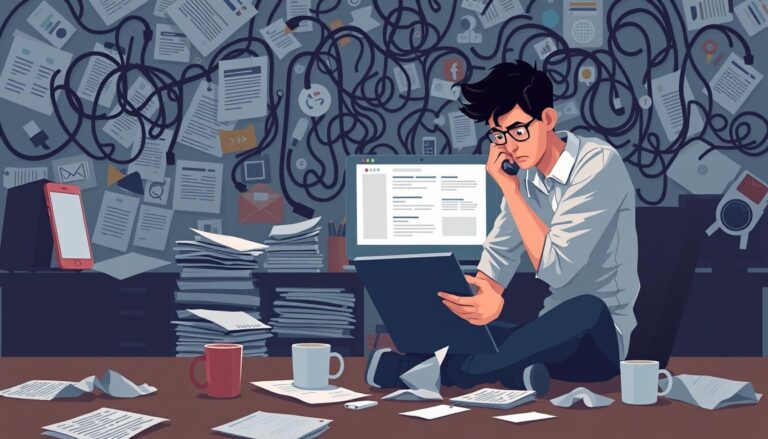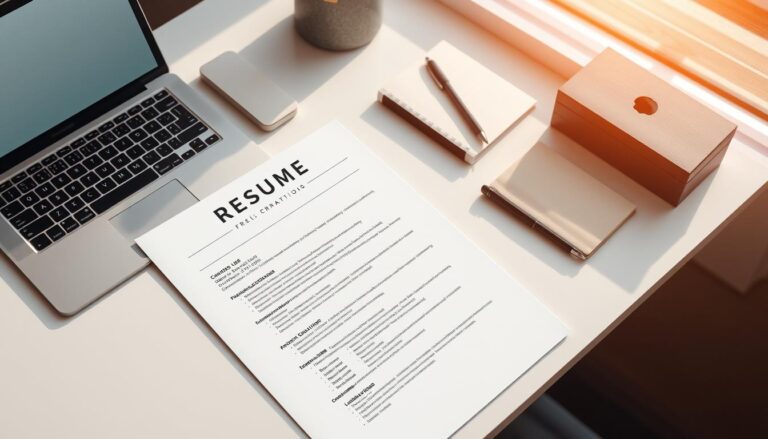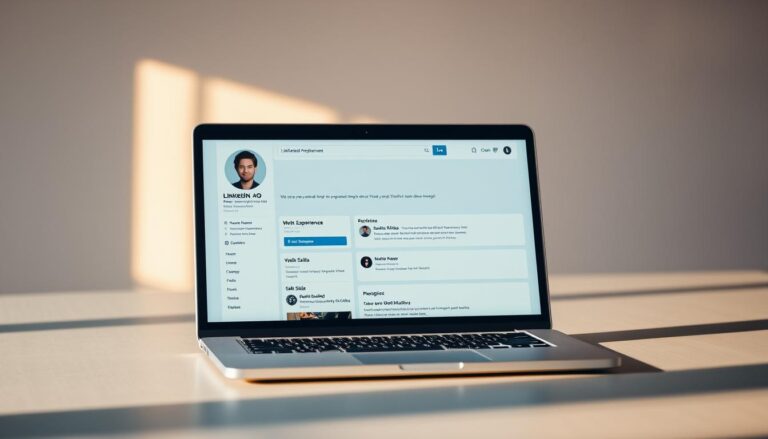How to Master Virtual and Phone Interviews
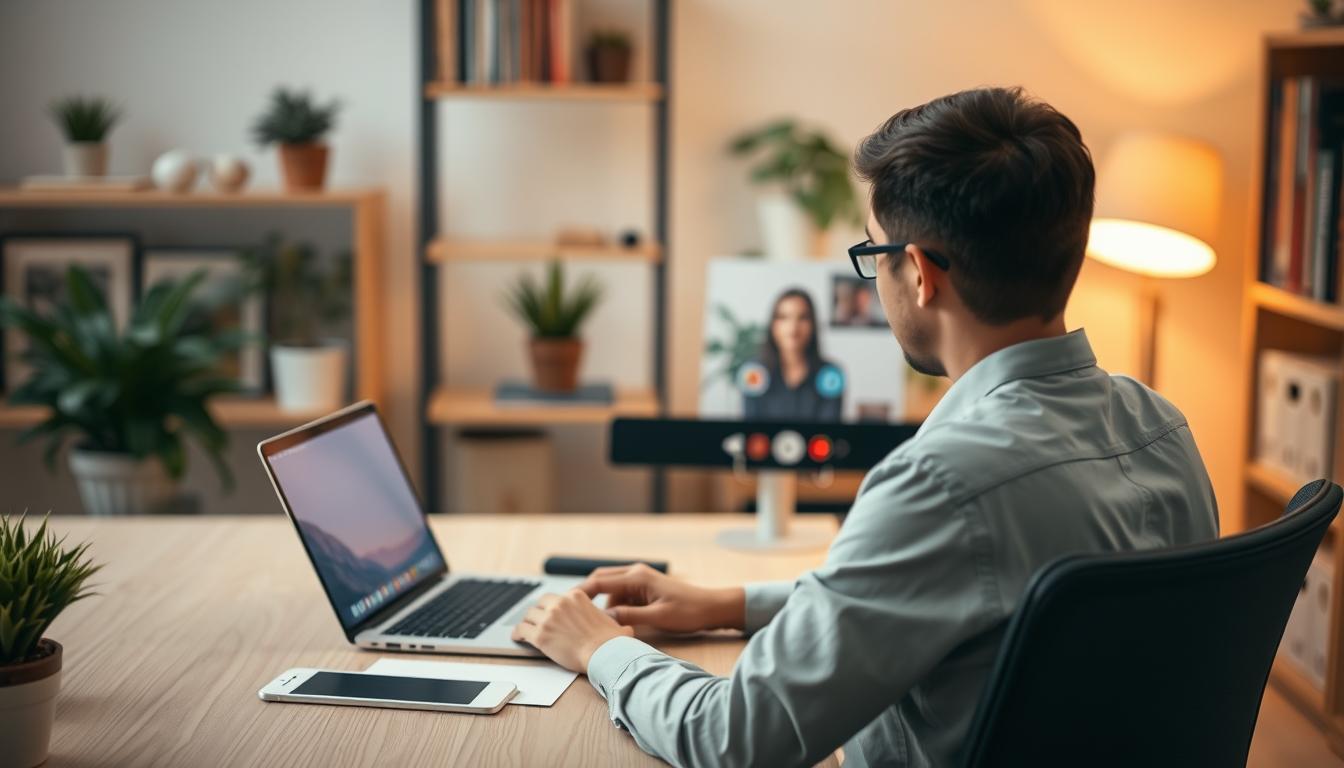
The shift to remote hiring is now common, with 70% of recruiters saying it will stay after COVID, LinkedIn’s report shows.
In today’s job market, it’s key to do well in virtual and phone interviews to get your dream job. As hiring methods change, job seekers need to get better at these types of interviews.
Knowing how to handle job interviews online or by phone can really help you succeed. This article will share tips and strategies for phone interviews and virtual ones. We’ll cover everything from getting ready to following up, so you can excel in remote hiring.
The Rise of Remote Interviewing in Today’s Job Market
The job market is seeing a big increase in remote interviewing. This is because of new technology and the need for more flexibility. Now, virtual hiring is becoming more common.
Remote interviewing has many benefits. It makes things easier and cheaper for everyone. Employers use it to check out candidates before meeting them in person.
Benefits and Challenges of Remote Interviewing
Remote interviewing has its good sides, but it also has some problems. Sometimes, there are technical issues. And it’s very important to communicate well.
Even with these issues, it’s key to understand virtual hiring and phone interviews. This knowledge is important for doing well in today’s job market.
Essential Preparation Steps Before Your Remote Interview
Remote interviews need careful planning to stand out. It’s key to prepare well before the interview day.
Testing Your Technology is crucial. Check your internet, audio, and video to avoid tech problems. Ensure your devices are charged and have a backup plan for power or internet outages.
Creating a Pre-Interview Checklist
Make a checklist to stay organized. Include tasks like researching the company and practicing answers to common questions. This checklist will prepare you for the interview.
Also, pick a quiet, private spot for the interview. Dress professionally, even if at home, to get in the right mindset. By following these steps, you’ll be ready to impress your potential employer in your remote interview.
Creating the Ideal Virtual Interview Environment
To stand out in a virtual interview, you need to create a space that shows confidence and skill. Choose a quiet, private area where you can talk without interruptions.
Good lighting and sound quality are key. Make sure the room is bright, with natural light if possible. Your audio should pick up your voice clearly. Background noise can be a big distraction, so use noise-cancelling headphones or find a quiet spot.
Testing Your Setup from the Interviewer’s Perspective
Before the interview, test your setup to look your best. Ensure your camera is at eye level and your microphone captures your voice well. Try recording a short video or mock interview with a friend to see how you appear and sound.
By focusing on these details, you can make a professional space. This will help you focus on showing off your skills and experience.
Technical Setup for Successful Virtual Interviews
Getting ready technically is key to feeling confident in virtual interviews. You need the right setup for a smooth experience. This includes a strong internet connection, a top-notch webcam, and a microphone that blocks out background noise.Key Components of Technical Setup:* A fast and stable internet connection to prevent lag or disconnections
* A good quality webcam for clear video
* A noise-canceling microphone to ensure clear audio
It’s also vital to have a backup plan. Technical problems can pop up without warning. Being ready can help save the interview. Backup plans include having a secondary internet connection, a backup device, or a phone number ready.
Backup Plans for Technical Difficulties
Having a backup plan is crucial for dealing with technical issues. This could mean using a mobile hotspot as a backup internet or having a spare device like a laptop or tablet. It’s smart to have a phone number where you can be reached if the video connection fails.
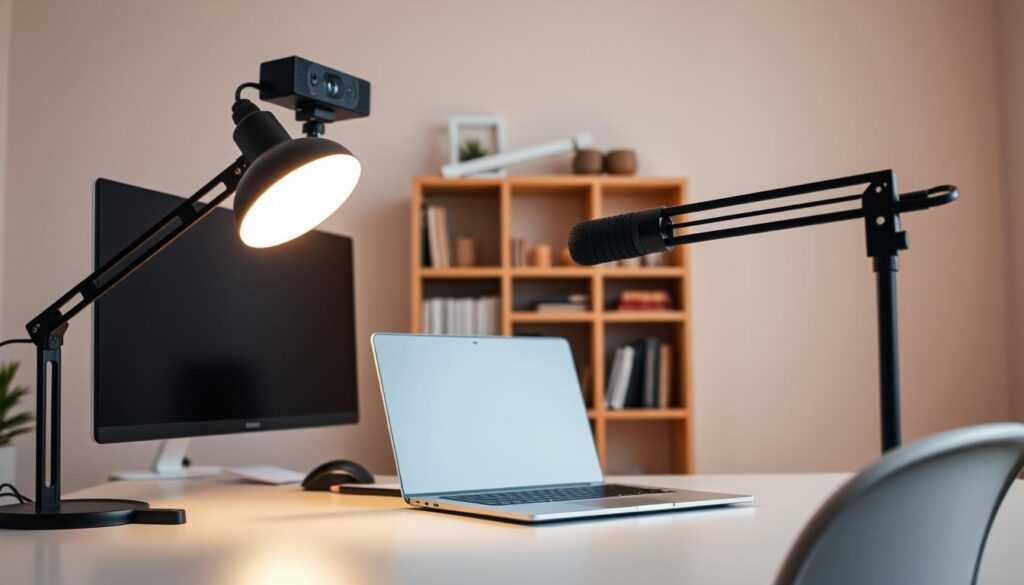
Being technically ready and having a backup plan lets you focus on showing off your skills and experience. This makes a great impression on your potential employer.
Phone Interview Strategies That Impress Employers
In today’s job market, acing a phone interview is key. It can mean the difference between getting an interview and the job itself. To stand out, you need to use effective strategies that catch an employer’s eye.
One important tactic is to use silence and pauses wisely. It’s easy to want to talk nonstop in a phone interview. But, using silence can make your conversation sound more natural and calm.
Using Silence and Pauses Effectively
Don’t fill every silence with “um” or “ah.” Take a moment to think before answering. This makes you sound more confident and gives you time for a thoughtful response.
Also, pay attention to your tone and pitch. Employers want to know your personality and how you communicate. Speak clearly and with excitement. This way, you’ll leave a strong impression.
By using these strategies, you can impress employers and get closer to landing the job.
How to Master Virtual and Phone Interviews Through Body Language
Your body language matters a lot, even if you’re not in the same room as the interviewer. Maintaining positive body language is crucial because it improves how you communicate. It also shows you’re excited about the job.
In virtual interviews, your upper body and face are visible. So, it’s important to be aware of your gestures and facial cues. A smile and eye contact with the camera can really help your impression.
Gestures That Enhance Your Communication
Using gestures can make your answers more powerful and show confidence. But, too many gestures can be off-putting. Try to use open and confident body language while sitting.
Even in phone interviews, where you’re not seen, standing or walking can make your voice sound more lively. The interviewer can sense your energy through your voice. This shows that body language still plays a role, even when you’re not visible.
Practicing is essential to get better at virtual and phone interviews. Record yourself, check your body language, and tweak it to improve. This way, you’ll make a strong impression and do well in your next interview.
Dressing for Success in Virtual Interviews
Dressing for success is key in virtual interviews, even if you’re not seen from the waist down. Wearing professional clothes helps you feel more professional. It also makes a good impression on the interviewer.
Choosing the right attire is crucial for virtual interviews. Wear professional, clean, and ironed clothes. This boosts your confidence and shows your professionalism.
Dressing Completely vs. Just the Top Half
Even if you’re not seen from the waist down, dressing completely can have a psychological effect. It makes you feel more professional and ready for the interview. So, dress professionally from head to toe, even if you’re only seen from the top.
Dressing professionally for virtual interviews is a simple yet effective way to make a positive impression. By choosing the right attire, you can set yourself up for success.
Effective Communication Techniques for Remote Interviews
The secret to acing remote interviews is knowing how to communicate well. Being clear, concise, and confident is key. It’s not just about showing your skills, but doing it in a way that grabs the interviewer’s attention.
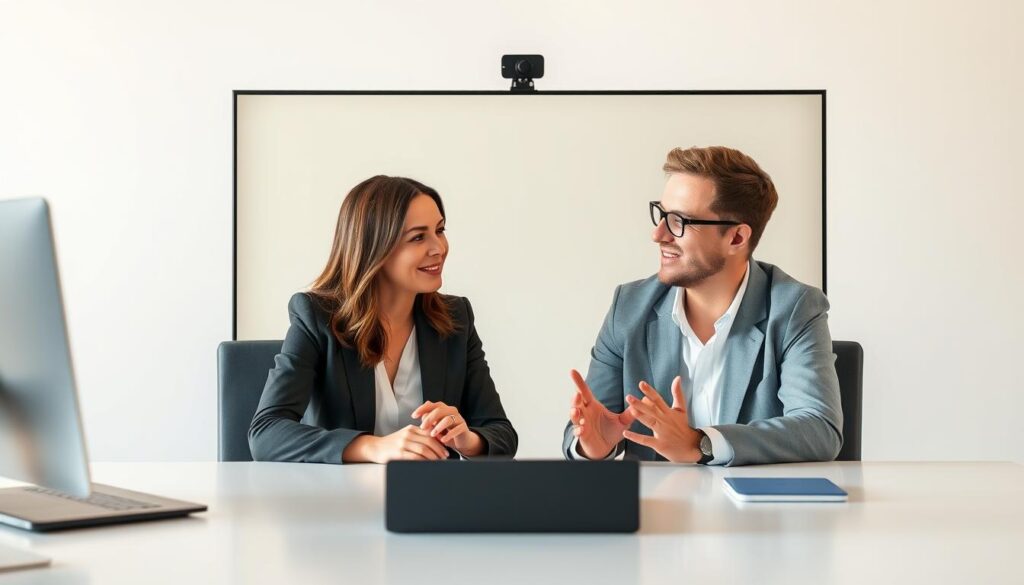
Storytelling is a powerful tool in remote interviews. By sharing your achievements and how they fit the job, you make a strong impression. This approach highlights your skills and shows you can use them in real situations.
Showcasing Your Personality Remotely
Showing your personality in a remote interview can be tough, but it’s doable. Being true to yourself is essential. Use your voice, pace, and words to show your excitement for the role. Also, be ready to talk about your experiences and how they’ve shaped you.
To really showcase your personality, be genuine and let your passion show. Even though you’re not in the same room, your voice and facial expressions can convey your enthusiasm. Show you care about the company culture and ask thoughtful questions. This shows you’re engaged and a good fit for the company values.
Preparing Powerful Answers for Common Remote Interview Questions
Getting ready for a remote interview means making sure your answers highlight your skills and experience. The STAR method is a great way to organize your responses.
Using the STAR Method Effectively
The STAR method helps you answer behavioral interview questions well. It’s made up of Situation, Task, Action, and Result.
Situation: Start by setting the scene for your story. Keep it brief.
Task: Then, describe the task or problem you faced.
Action: Next, talk about the steps you took to solve it. Focus on your role.
Result: Finally, share what happened because of your actions. Try to use numbers to show your success.
Using the STAR method makes your answers clear and powerful. It shows you can solve problems and achieve results. This is key in remote interviews.
Practice answering common remote interview questions with the STAR method. It will make you more confident and ready.
Handling Unexpected Challenges During Remote Interviews
Dealing with unexpected challenges is key to success in remote interviews. Even with good preparation, technical problems can pop up. This tests a candidate’s ability to stay calm.
Staying calm is crucial when faced with surprises. Having a backup plan helps a lot. This could be a second internet connection or an extra phone number.
Time Management During Technical Difficulties
Good time management is important in remote interviews. If tech issues come up, try to fix them fast. This way, you don’t lose too much time.
Being ready for tech problems is essential. Make sure your gear works well before the interview. Also, have a plan for other ways to talk if needed.
By staying calm, having a backup plan, and managing time well, candidates can handle unexpected challenges in remote interviews.
Post-Interview Follow-Up for Remote Interviews
The post-interview phase is as crucial as the interview itself. It requires a strategic follow-up approach. Sending a thank-you note or email to the interviewer is key. It shows your gratitude and reiterates your interest in the position.
A well-crafted follow-up email should be sent within 24 hours. This keeps the conversation fresh in the interviewer’s mind. The email should thank the interviewer and reiterate your qualifications and enthusiasm for the role.
Digital Networking Strategies Post-Interview
Using digital networking strategies post-interview can boost your visibility. Connecting with the interviewer on professional networks like LinkedIn is a good move. It helps maintain a professional relationship and keeps you in mind for future opportunities.
By using these strategies, you can end your remote interview process on a strong note. This increases your chances of getting the job.
Conclusion
Mastering virtual and phone interviews is key in today’s job market. By following the tips and best practices in this article, you can boost your chances of success in remote hiring.
Being well-prepared, having a positive attitude, and strong communication skills are essential. Staying focused and adapting to the remote interview format can make you stand out.
As you prepare for your next job interviews, create an ideal virtual interview environment. Dress professionally and follow up after the interview to leave a lasting impression. This will help you succeed in virtual and phone interviews.
